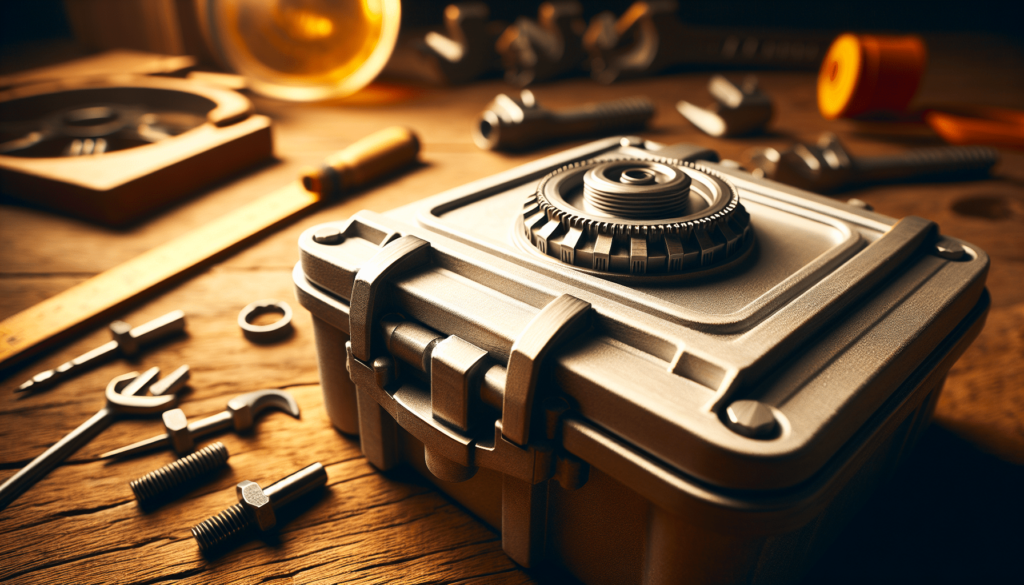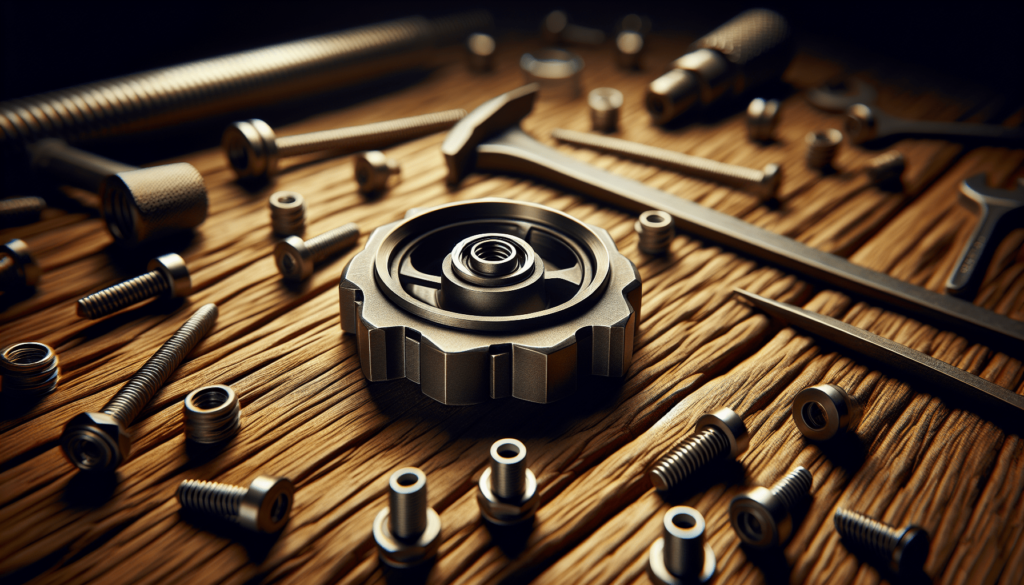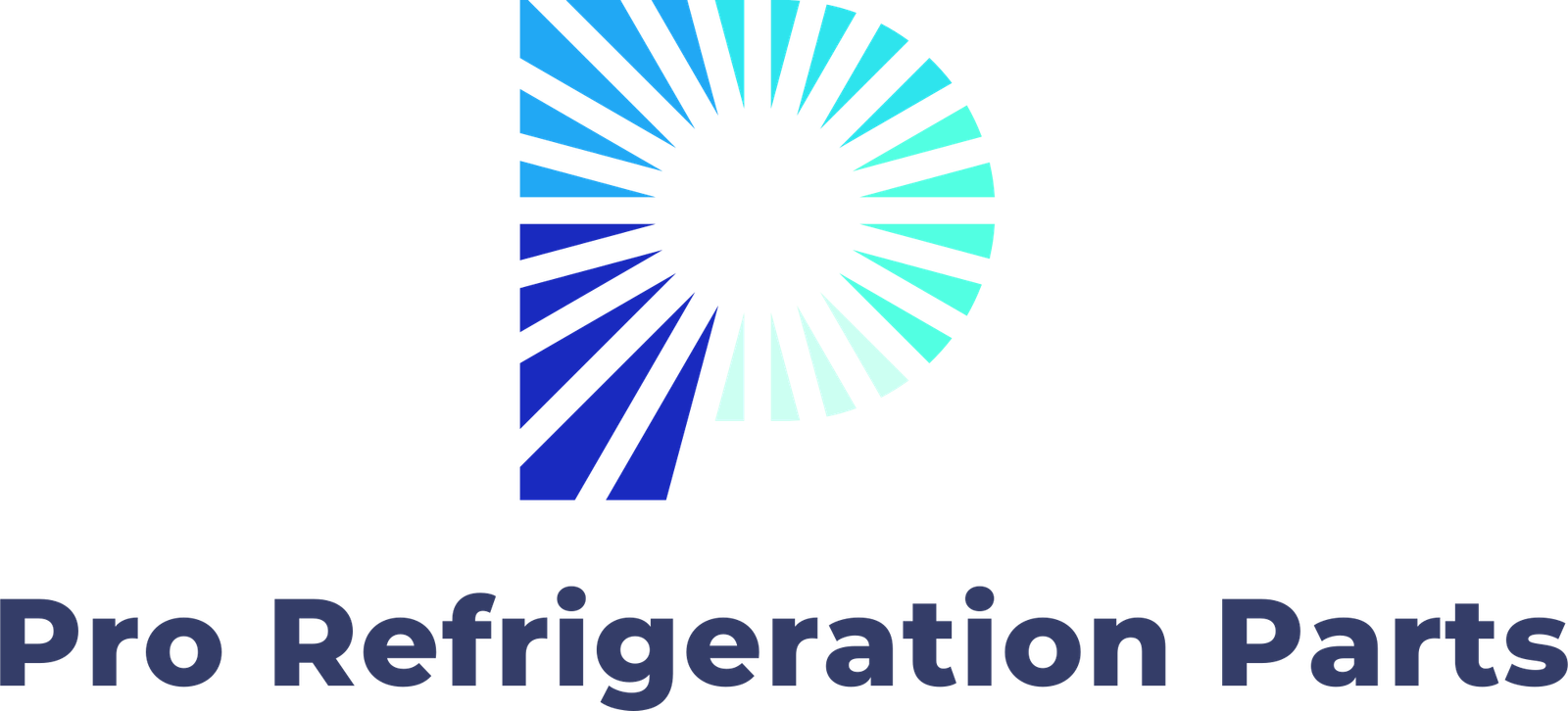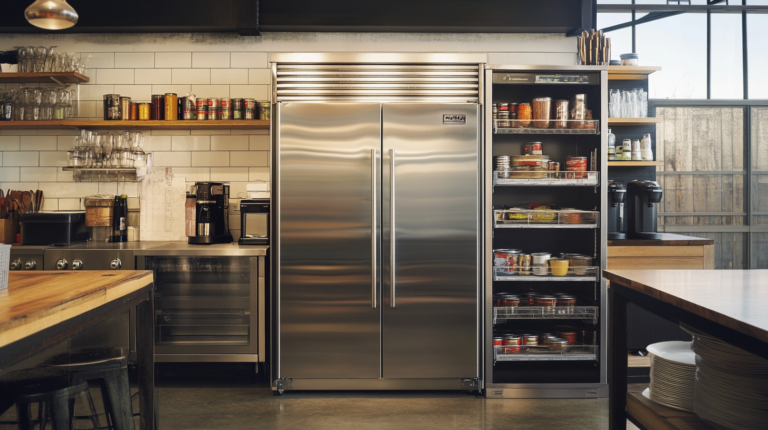True Cooler Parts Installation Tips And Tricks
Have you ever faced the challenge of installing parts for your True cooler? It can be a bit daunting, can’t it? But with the right tips and tricks, you’ll find that the process becomes much easier. Below, we’ll cover everything you need to know for a successful installation, from preparation to completion.

Understanding Your True Cooler
What is a True Cooler?
A True cooler is a commercial refrigeration unit designed for various businesses. They are known for their efficiency, durability, and capability to maintain optimal temperatures for food and beverages. True coolers come in various models, each tailored to specific needs and environments, which means understanding your particular unit is crucial for any part installation.
The Importance of Genuine Parts
Using genuine True cooler parts is essential. It ensures the reliability and longevity of your unit. While aftermarket parts may seem tempting due to lower prices, they can lead to inefficiency and costly breakdowns down the line.
Preparation for Installation
Assessing Your Needs
Before getting started, take a moment to assess which parts you need to install. Whether it’s a new thermostat, door seals, or the compressor itself, knowing exactly what you require will save you time and frustration during the installation process.
Gather Your Tools
Having the right tools at hand is crucial. Here’s a quick checklist of what you might need:
| Tool | Purpose |
|---|---|
| Screwdrivers | For removing and securing screws |
| Wrenches | For loosening or tightening bolts |
| Pliers | For gripping and pulling parts |
| Multimeter | For checking electrical components |
| Safety goggles | For eye protection |
| Gloves | To protect your hands |
Reading the Manual
Never underestimate the power of the user manual. It’s often filled with specific instructions and details that can guide you through the installation process smoothly. Make sure to have it handy as you work.
Step-by-Step Installation Tips
Installing a New Thermostat
Replacing a thermostat can significantly affect the performance of your cooler. Here’s how to do it:
- Turn Off Power: Always ensure the unit is unplugged before starting any work.
- Locate the Thermostat: This is usually found inside the cooler. Refer to your manual if you’re uncertain.
- Disconnect Wires: Take a picture of the wiring layout before removing any connections. This will help you connect the new thermostat correctly.
- Install the New Thermostat: Follow the steps in reverse. Make sure all connections are secure and insulated properly.
- Test the Thermostat: Plug the cooler back in and monitor the temperature to ensure the new thermostat is functioning.
Replacing Door Seals
Worn-out door seals can lead to temperature inconsistencies and higher energy costs. Here’s a straightforward process for replacing them:
- Remove the Old Seal: Start by carefully pulling the old seal away from the door. It might be stuck, so use your screwdriver if necessary.
- Clean the Area: Once removed, clean any residue from the door to ensure a good adhesive surface for the new seal.
- Install the New Seal: Apply the new seal into the groove of the door. Make sure it’s snug and properly aligned.
- Close the Door: Allow the seal to settle by closing the door. This ensures proper adhesion and fit.
Changing the Compressor
Changing the compressor is a bit more complex. Here’s a brief guide:
- Disconnect Power: As with other installations, ensure that the cooler is unplugged.
- Remove the Old Compressor: This may involve unscrewing bolts and detaching various lines. Be cautious with refrigerant lines, as improper handling can be hazardous.
- Install the New Compressor: Follow the removal process in reverse. Make sure to check all connections and secure them properly.
- Recharge Refrigerant: After installation, it may be necessary to recharge the refrigerant. This step is crucial for the compressor to function correctly.
- Test the Unit: Once everything is secured, plug the cooler back in and monitor its performance.
Maintenance Tips for Longevity
Regular Inspections
Make it a habit to inspect your True cooler regularly. Check for any signs of wear and tear, unusual noises, or temperature fluctuations. Catching issues early can prevent costly repairs in the future.
Cleaning the Condenser and Coils
Keeping the condenser and coils clean is vital for the efficient operation of your cooler. Dust and debris can obstruct airflow, leading to overheating and inefficiency. Use a soft brush and vacuum to clean these areas regularly.
Monitoring Temperature Settings
Regularly monitor the temperature settings of your cooler. Make adjustments as necessary to optimize performance, ensuring that your food and beverages are kept at their ideal temperatures.

Troubleshooting Common Issues
Inconsistent Temperatures
If your cooler is displaying inconsistent temperatures, it could be due to several reasons:
- Faulty Thermostat: This might need replacing.
- Blocked Vents: Ensure nothing is obstructing the airflow inside the cooler.
- Worn Door Seals: Check for leaks in the seals, as they can lead to temperature loss.
Excessive Noise
Excessive noise can be a sign of mechanical issues. Here are a few things you might want to check:
- Loose Components: Tighten any loose screws or bolts.
- Dirty Condenser: A dirty condenser can overwork the compressor, leading to noise.
- Worn Out Parts: Inspect parts such as the fan or compressor for wear.
Leaking Refrigerant
A refrigerant leak is a serious concern. If you suspect a leak:
- Turn Off the Unit: Safety comes first; unplug the cooler immediately.
- Inspect for Visual Signs: Look for oily spots or frost formations which might indicate a leak.
- Contact a Professional: Handling refrigerants requires special equipment and training. It’s best to consult with a qualified technician.
When to Seek Professional Help
While many installation tasks can be tackled on your own, some situations might require professional assistance. Here are a few scenarios where it’s best not to take chances:
- Complex Repairs: If you’re uncomfortable with electrical components, seeking professional help is advisable.
- Refrigerant Issues: Handling refrigerants without proper training can be hazardous.
- Warranty Concerns: If your cooler is still under warranty, it’s often best to let a certified technician perform repairs to avoid voiding your warranty.
Conclusion
Installing and maintaining parts for your True cooler doesn’t have to be overwhelming. By following the tips and tricks provided here, you’ll be equipped to tackle common installation tasks with confidence. Whether you’re replacing a thermostat or changing out a compressor, taking the time to prepare, gather the right tools, and follow step-by-step instructions will lead to a successful installation.
Remember, regular maintenance and monitoring of your cooler ensure not only its longevity but also its efficiency. Keep this guide handy, and feel free to refer back to it anytime you need a refresher. Here’s to many years of keeping your food and beverages chilled to perfection!

